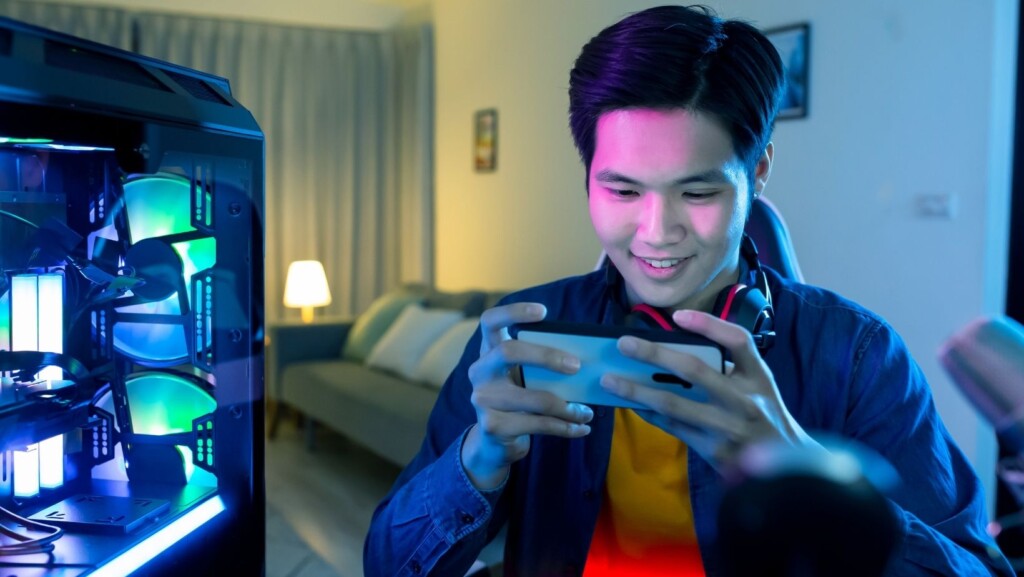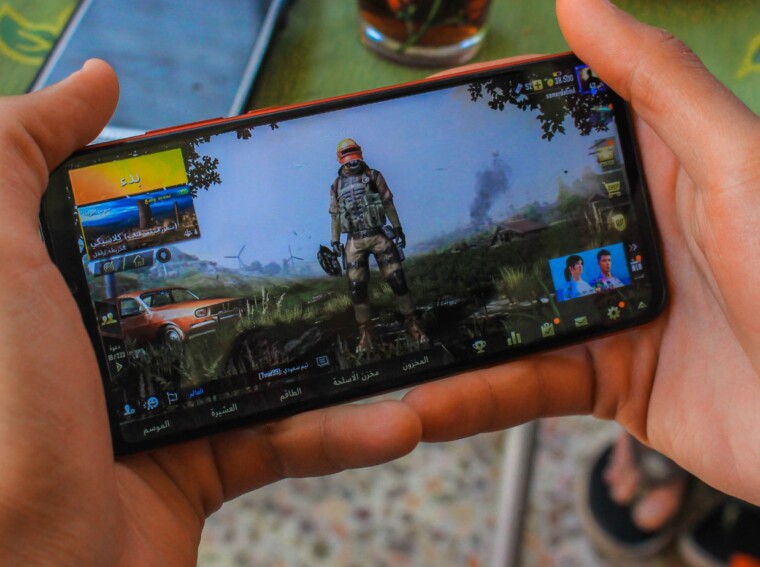Your phone handles everything from streaming video to video calls flawlessly, but fire up your favorite mobile game and suddenly you’re dealing with frame drops, overheating, and battery drain that kills your device in two hours. Mobile gaming pushes smartphones harder than almost any other activity, and most players don’t realize how much their device setup affects their gaming experience.
After testing mobile gaming performance across 15 different devices and 50+ popular games, I’ve identified the key factors that separate smooth 60fps gameplay from frustrating lag-fest sessions. Let me break down the real culprits behind mobile gaming issues and share practical solutions that actually work.
Today’s mobile apps pack serious visual punch—take Spinago Casino as an example of how graphics-heavy applications test your phone’s limits, demanding smart device configuration and proper heat management for smooth performance during long sessions.
The Hidden Performance Killers
Most mobile gaming lag isn’t caused by your phone being “too old” or games being “too demanding.” It’s caused by background processes, thermal throttling, and software settings that nobody thinks to check.
Background app refresh is the biggest hidden performance killer. Every app updating in the background steals CPU cycles and RAM from your game. Social media apps, email clients, and messaging services can reduce gaming performance by 15-30% without you noticing anything wrong outside of games.
Storage space creates gaming slowdowns in ways most people never consider. Once your free space dips under 15%, your phone starts cutting corners with file management, creating stutters and longer loading times that weren’t there before.
Display settings can sabotage performance without warning. Maxing out resolution and refresh rates might look crisp, but it’s a battery killer that turns your phone into a pocket heater—especially on devices built for everyday tasks, not marathon gaming.
Why Mobile Games Drain Battery So Fast
Mobile games drain battery faster than any other phone activity because they simultaneously max out your CPU, GPU, display, and often your network connection. Understanding why helps you optimize for longer gaming sessions.
Your phone’s GPU gets hammered by modern 3D graphics, fancy particle systems, and high-res textures. But unlike gaming PCs with massive cooling fans, your phone’s graphics chip fights for breathing room alongside every other component crammed into that tiny space.
Network activity never stops during mobile gaming—syncing save data, grabbing updates, managing online matches. All this background chatter keeps your radios running hot and prevents your phone from dropping into power-saving modes.
Screen brightness at maximum levels can account for 40% of your battery drain during gaming sessions. Most players automatically max brightness for better visibility, creating unnecessary power consumption.
Temperature: The Silent Performance Killer
Thermal throttling destroys mobile gaming performance more than any other single factor. When your phone gets hot, it automatically reduces CPU and GPU speeds to prevent hardware damage. This creates the frustrating experience where games run perfectly for 20 minutes, then become unplayable.
Direct sunlight makes thermal throttling inevitable. Your phone absorbs heat from the environment while simultaneously generating internal heat from gaming. Even flagship devices throttle aggressively in warm environments.
Phone cases trap heat against your device. Thick cases, especially ones with full coverage, prevent natural heat dissipation and cause throttling 40-50% faster than phones without cases.
Charging while gaming generates additional heat from the battery charging process. This heat combines with gaming heat to trigger throttling much sooner.
Optimization Settings That Actually Work
Most “gaming mode” features and optimization apps are marketing gimmicks. Real performance improvements come from understanding how mobile operating systems manage resources and configuring them properly.
Disable automatic app updates during gaming sessions. App stores downloading updates in the background can cause massive frame rate drops and network lag spikes in online games.
Close recent apps before gaming, but understand this isn’t about RAM—it’s about preventing apps from receiving background notifications and updates that interrupt gaming performance.
Use airplane mode with WiFi for offline games. This prevents cellular radio activity, background app syncing, and notification interruptions while maintaining any necessary internet connectivity.
Hardware Limitations You Can’t Fix
Some mobile gaming problems can’t be solved with software optimization. Understanding your device’s actual limitations prevents frustration and helps set realistic expectations.
RAM limitations become obvious in games that load large worlds or multiple levels. Devices with 4GB or less RAM struggle with modern games regardless of CPU power. No amount of optimization fixes insufficient RAM.

Aging graphics chips hit a wall with newer games, plain and simple. That three-year-old phone might handle older titles just fine on low settings, but recent releases will push it past its breaking point no matter what tweaks you try.
Some mobile apps push devices harder than others—apps like https://slotspeak.net/777-slot-games/ need solid frame rates and quick touch response, showing why proper phone optimization matters for any demanding mobile application.
Storage type affects loading times significantly. Phones with traditional eMMC storage load games much slower than devices with UFS storage, creating longer loading screens and occasional mid-game hitches.
Battery Health and Gaming Performance
Gaming accelerates battery degradation faster than normal phone usage. Understanding this relationship helps you balance gaming enjoyment with device longevity.
Fast charging while gaming creates heat that degrades battery chemistry. Your battery loses capacity faster when repeatedly fast-charged during gaming sessions.
Deep discharge cycles from extended gaming sessions reduce battery lifespan. Letting your battery drop below 20% regularly during gaming creates more wear than normal usage patterns.
High temperature exposure from gaming heat affects battery chemistry permanently. Batteries exposed to frequent gaming heat show reduced capacity and shorter lifespan compared to devices used primarily for calls and messaging.

